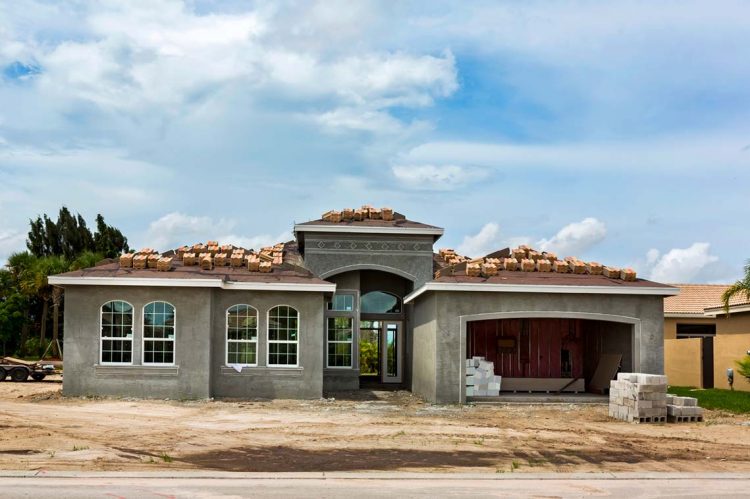Mortgage applications for new home purchases decreased 10.6% compared to a year ago, according to the latest Mortgage Bankers Association (MBA) Builder Application Survey (BAS) released this week. Compared to March 2022, applications decreased by 14%. This change does not include any adjustment for typical seasonal patterns, MBA stated.
Additional key findings:
MBA estimates new single-family home sales were running at a seasonally-adjusted annual rate of 701,000 units in April 2022, based on data from the BAS. The new home sales estimate is derived using mortgage application information from the BAS, as well as assumptions regarding market coverage and other factors.
The seasonally adjusted estimate for April is a decrease of 6.8% from the March pace of 752,000 units. On an unadjusted basis, MBA estimates that there were 65,000 new home sales in April 2022, a decrease of 12.2% from 74,000 new home sales in March.
By product type, conventional loans composed 76.7% of loan applications, FHA loans composed 13.1% , RHS/USDA loans composed 0.2% and VA loans composed 10.1%. The average loan size of new homes increased from $436,151 in March to $436,576 in April.
The takeaway:
“New home purchase activity declined on a monthly and annual basis in April, as the spike in mortgage rates cooled demand, and homebuilders continued to grapple with rising costs, supply-chain issues, and extended completion timelines,” said Joel Kan, MBA’s associate vice president of Economic and Industry Forecasting. “With the supply of existing homes on the market still at extremely low levels, the new home market is an important source of housing supply. However, the pace of construction has slowed in recent months. MBA’s estimate of new home sales declined for the fifth consecutive month to 701,000 units, the slowest sales pace since May 2020.”
Added Kan, “The average loan size increased to a new survey high of $436,576, and over half of applications were for loan amounts greater than $400,000. Higher rates and sales prices and larger loan sizes are eroding housing affordability and pricing some buyers out of the market.”












